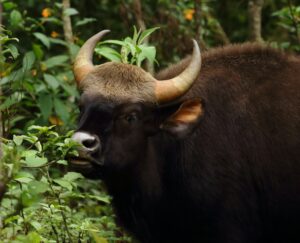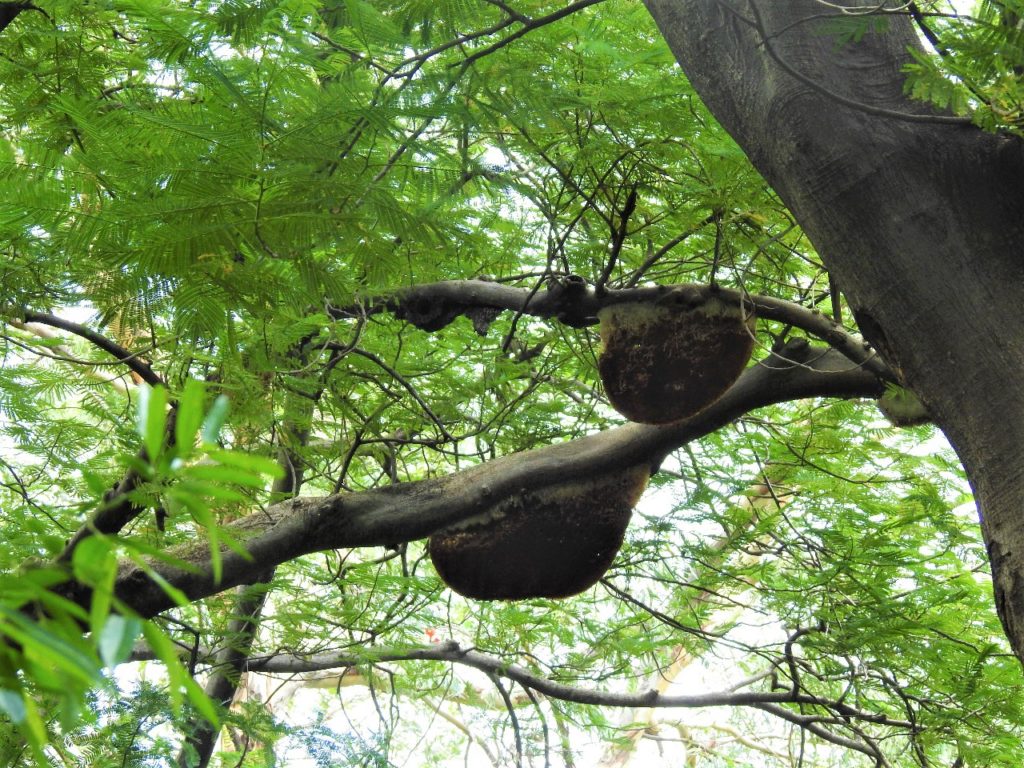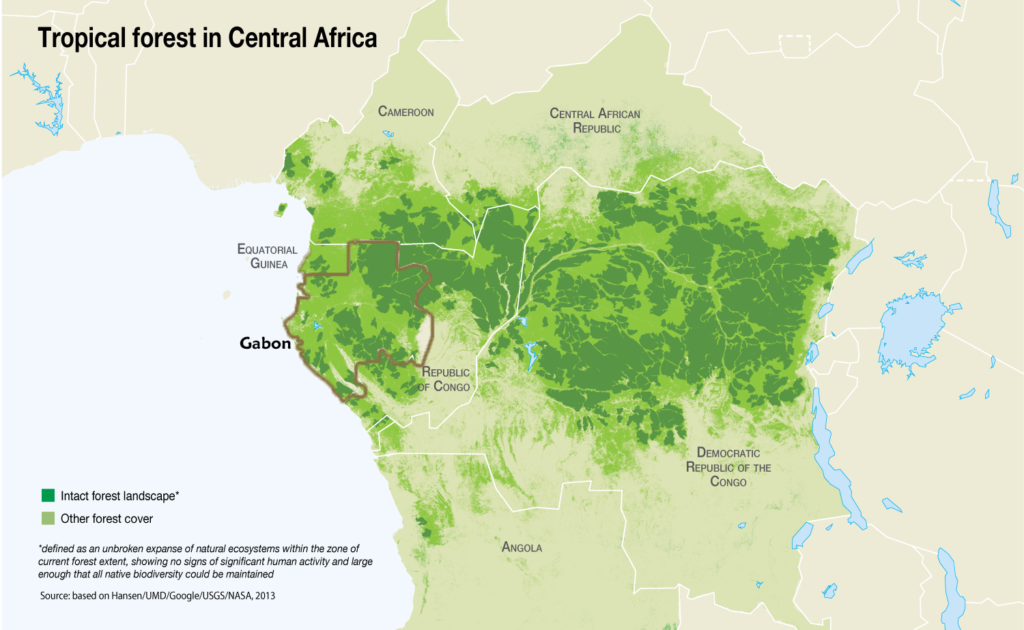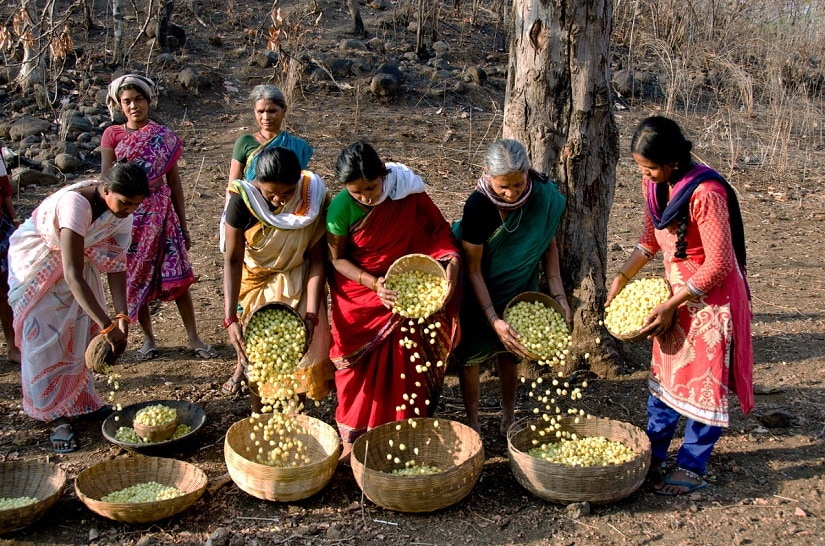

Who Says “Money does not grow on trees!
Well, the invading viruses and the downward spiralling economy has at least made us aware of the flawed economic model we currently have. Some handful of people working for their profits has defined “what is development” and running their schemes for others. The current system of life is not sustainable. Individually every other person is struggling and the kind of choices we are making is jeopardizing the earth, our only home.
Can we think of an alternative world order which will sustain both us and the earth? Shall we redefine “development’? Can development be reaching to a state where systems are decentralized, people are self-sustainable to a greater extent and which is aligned with nature.
There are many successful models as individuals, as village community, as nation which run on this alternative model of development, sustaining it and growing with it. These are nature based, self-sustainable economies.
Medha (Lekha) is one such village in the tribal belt of Gadchiroli district, Maharashtra. This village is known for its model of self-sustainability. The villager’s livelihood is mainly dependent on the forest, from where they obtain food, fuel, medicines and timber for sale among many other produces. When Forest Department tried to take over their forest rights, villagers put up an organized fight on the lines of “Chipko Movement”. When bamboo cutting lease was given to some contractor on nominal rates, villagers wrote to Chief Minister that “we will not let the mill cut the bamboo from our forest”. The villagers found that mill was over exploiting the bamboo forest and method was faulty. After three years of struggle, Government accepted the villager’s rights over forests. Since villager harvest bamboo and Gram Panchayat earn by selling it to Government.
There is a misconception of associating trees with timber mainly. This concept came with industrialization and increased timber demand. Forest Development Companies started working in every region clear felling natural forest regularly and replacing it with industrial plantations of teak, eucalyptus etc. This forest management approach favoured production of single species stands with focus of commercial timber production.
India where our traditions, religious beliefs, rituals, folklore, arts, crafts everything is woven around nature where people worshipped rivers, mountains, trees, animals slowly turned into a country where nature was most exploited and destroyed. Forests were valued for timber by mills and timber companies and society was disconnected and apathetic. Slowly our natural forests disappeared with small remnants confined to protected areas, disconnected with each other.
Gabon is a another such country, in Congo basin of Africa, with similar history and ties with nature. The similarity ends here, as Gabon has chosen to protect their natural forest for their economic & social development, to increase employment and decrease poverty, successfully. 88% of Gabon land is now covered by forests. Gabon has found balance by conserving forest and generating revenue through by Sustainable Forest Management. It is first African country which is receiving 150 Million dollars to preserve its rainforests against climate change. Gabon banned the export of unprocessed logs & passed law that obliges logging companies to do sustainable logging. Gabon has 23.7 million hectares of forest with forest economy of about US$800 million which is 15% of their GDP (Gabon has one of the highest GDP per capita in Africa) and increasing every year.
 Eighty-eight percent area of Gabon’s land is covered by primary forests
Eighty-eight percent area of Gabon’s land is covered by primary forests
Image Courtesy: GRID-Arendal
India has forest cover thrice that of Gabon and still the contribution of forestry is meagre 1.7% of GDP. India which has average annual precipitation second highest in the world, blessed with sunlight throughout the year, has rich natural resources should have place among the potentially rich nations.
It is certain that we can make more money and create more jobs by exploiting less forest. It is also certain that trees are more valuable alive than dead. The case studies tell us that we can conserve forest and earn from it. Be it in the form of wildlife tourism, ethical timber, ingredients for medicines, forest produce based small-scale industries, food, along with creating jobs, trading carbon credits and mitigating climate change. The model however must be devised as per our needs and challenges and no to be copied from elsewhere.
 80% of forest dwellers of tribal belts of Orissa, Bihar, Madhya Pradesh, and Himachal Pradesh depend on Sal seeds and Mahua flowers
80% of forest dwellers of tribal belts of Orissa, Bihar, Madhya Pradesh, and Himachal Pradesh depend on Sal seeds and Mahua flowers
Courtesy: firstpost.com
We did not care for a resource, which has inherent ability to sustain us and safeguard us. We need to take a U turn, turn towards conservation of remaining forests and large-scale forest restoration. This U turn might take little longer but in long run it would be a sustainable future, a safe and happy life for us and for future generations.

She conceptualized FORREST to conserve, to Inspire and to connect people back to nature. Her interest lies in Habitat ecology. A poet by nature with a touch of the wild.


We plan to restore a forest of 20000 trees in the monsoon of July 2021! And we need your help to do that! Contribute saplings in Vruksh Khosh or donate Rs. 50 per sapling.